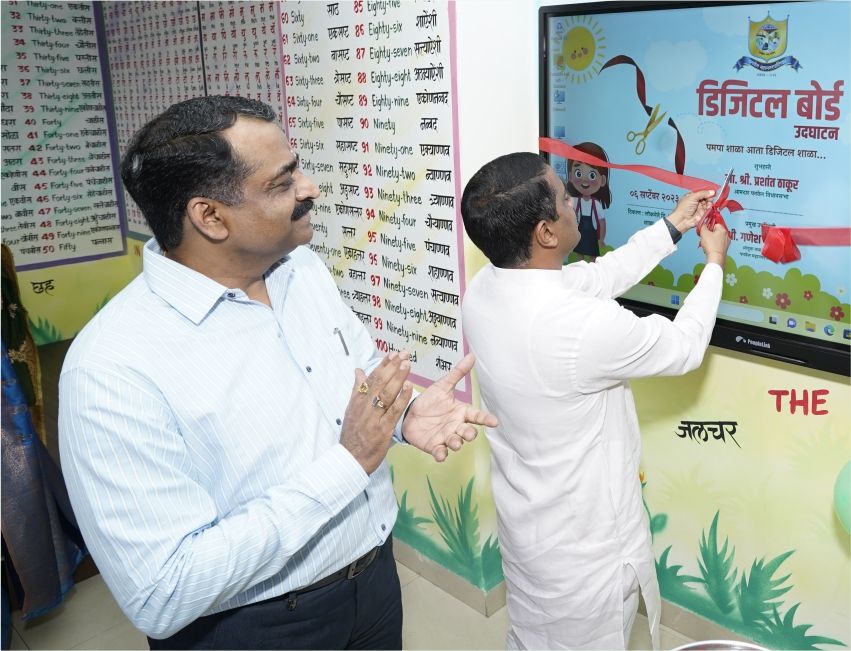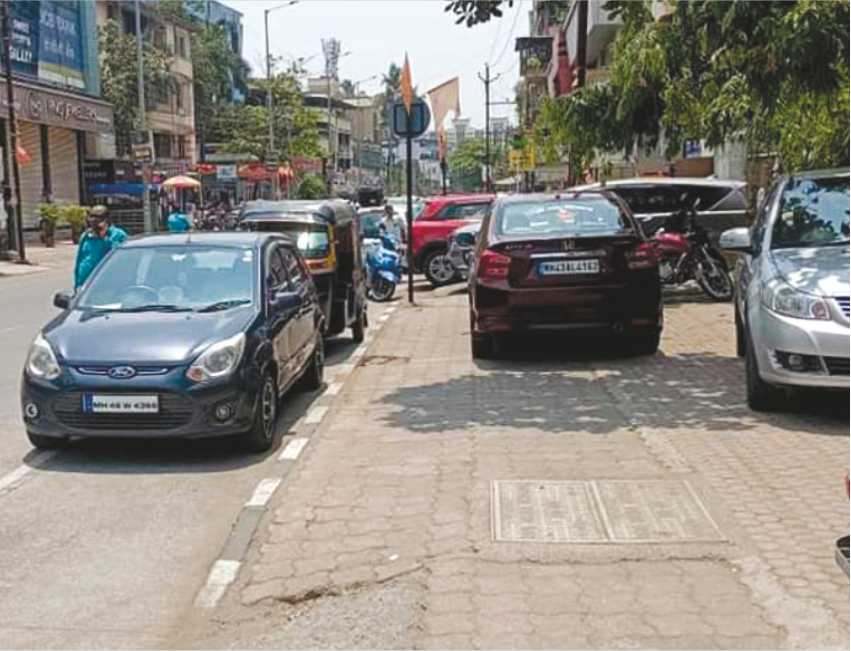Air Quality Conundrum

- Varda Sharma
- 05 Oct, 2023
In the ongoing battle for cleaner air in India's metropolitan cities, recent findings reveal a curious and somewhat perplexing scenario. While Delhi, infamous for its notorious air quality, seems to be making strides towards improvement, Mumbai, known for its relatively cleaner air, is facing a disconcerting setback. These developments underscore the complex nature of air quality management and the need for holistic and region-specific approaches to tackle this pressing issue.
Delhi, India's capital and a city synonymous with air pollution woes, has long been in the limelight for its alarmingly high levels of PM2.5 (Particulate Matter with a diameter of 2.5 micrometers or less). However, recent data suggests that Delhi's air quality is showing signs of modest improvement. The credit for this positive trend can be attributed to several factors, including stricter emission norms, increased adoption of cleaner fuels, and public awareness campaigns.
One of the pivotal measures that have contributed to this change is the implementation of the National Clean Air Programme (NCAP). The program, which seeks to reduce PM2.5 and PM10 (Particulate Matter with a diameter of 10 micrometers or less) concentrations, has initiated tangible actions in Delhi. These actions encompass a range of initiatives, from promoting electric vehicles and improving public transportation to regulating industrial emissions and controlling construction dust.
Delhi's journey towards cleaner air is by no means complete, and considerable challenges persist. Yet, the shift towards better air quality offers hope and serves as an encouraging example for other Indian cities grappling with similar issues.
In stark contrast, Mumbai, India's financial capital and a city with relatively better air quality compared to its northern counterpart, is witnessing a concerning uptick in PM2.5 levels. This unexpected deterioration in air quality has raised eyebrows and demands a closer examination.
Mumbai's PM2.5 levels, a crucial indicator of air quality and a potential health hazard, have risen, casting a shadow on the city's reputation for cleaner air. While Mumbai's air has not reached the perilous levels experienced in Delhi, the recent trend is nevertheless a matter of concern.
The underlying factors contributing to Mumbai's worsening air quality are complex and multifaceted. Rapid urbanization, a surge in vehicular traffic, construction activities, and industrial emissions are some of the key drivers behind the deterioration. The phenomenon serves as a stark reminder that no city, regardless of its historical air quality status, is immune to the challenges posed by urbanization and industrialization.
The contrasting trajectories of Delhi and Mumbai prompt us to delve deeper into the strategies employed to combat air pollution. Delhi's proactive approach, driven by a sense of urgency and a strong political will, has yielded encouraging results. The NCAP, with its comprehensive and multi-sectoral approach, seems to be a crucial component of Delhi's success story.
Mumbai, on the other hand, appears to be lagging behind in formulating a comprehensive air quality management strategy. While the city has benefited from favourable coastal conditions that help disperse pollutants, this natural advantage should not breed complacency. Mumbai's policymakers and stakeholders must take cues from Delhi's experiences and proactively address the factors contributing to the worsening air quality.
The dichotomy between Delhi and Mumbai's air quality trends highlights the importance of tailored, region-specific strategies to combat air pollution. What works for one city may not be applicable to another due to variations in geography, weather patterns, and pollution sources. Therefore, it is imperative that each city develops its own customized action plan.
Key elements of an effective air quality management strategy include:
Stricter Emission Standards: Ensuring that industries, vehicles, and construction activities adhere to stringent emission standards is fundamental. This necessitates continuous monitoring and stringent enforcement.
Promoting Public Transportation: Encouraging the use of public transportation and adopting cleaner fuels, such as CNG and electric vehicles, can significantly reduce vehicular emissions.
Green Spaces and Urban Planning: Incorporating green spaces, efficient urban planning, and sustainable development practices can mitigate pollution sources and improve air quality.
Public Awareness: Educating citizens about the health risks associated with air pollution and the role they can play in reducing emissions is vital.
International Cooperation: Collaborating with international organizations and governments to address trans-boundary air pollution can be beneficial, especially for cities in proximity to other countries.
The divergent air quality trends in Delhi and Mumbai serve as a wakeup call for policymakers, citizens, and stakeholders across India.




